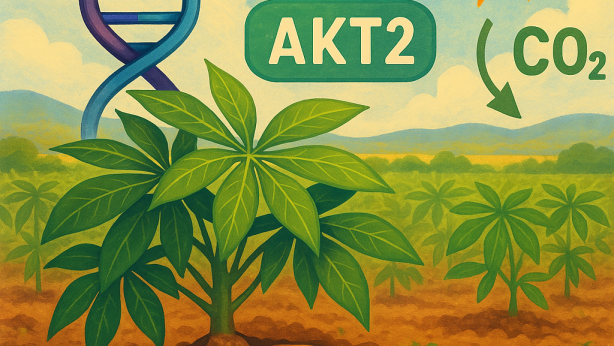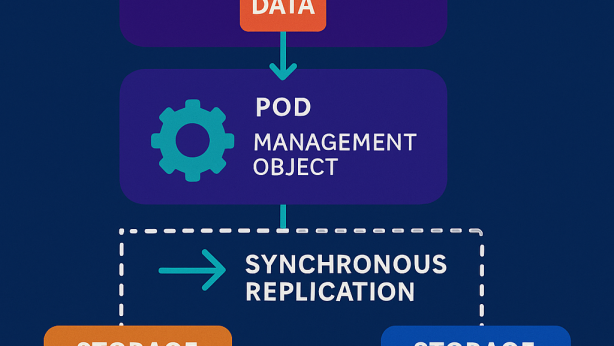LARGE LANGUAGE MODEL TOOLS FOR TASK AUTOMATION
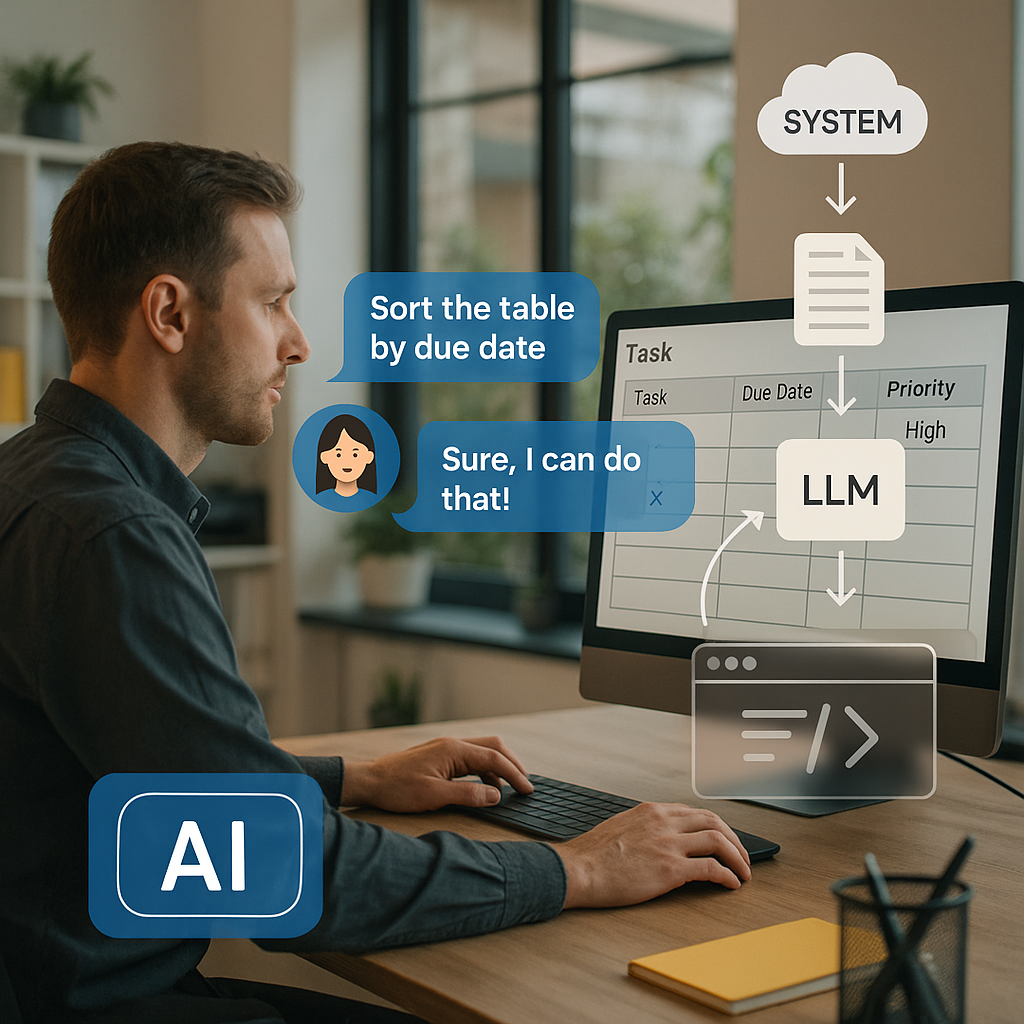
Invented by Townsend-Last; Simon
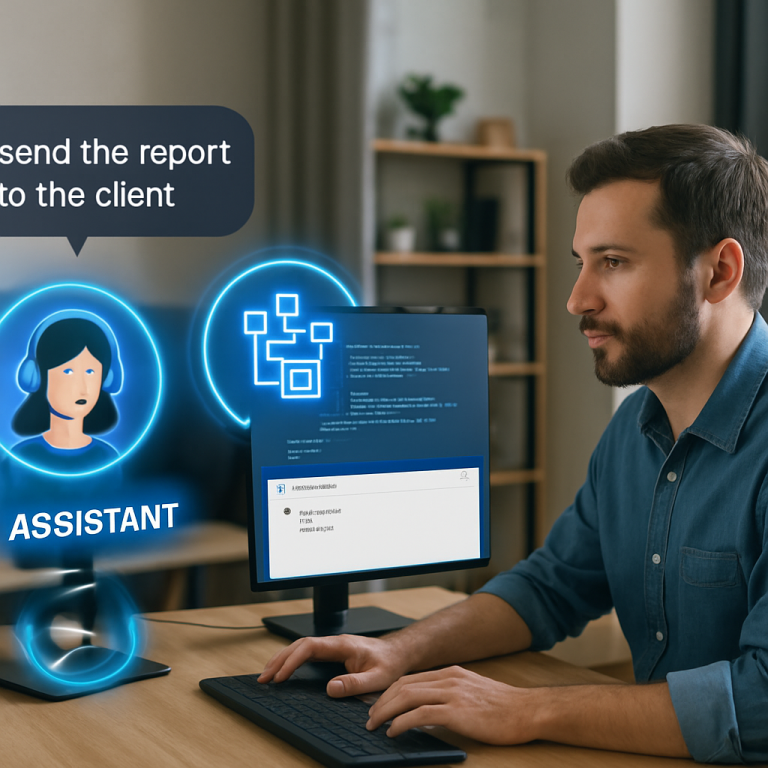
The world is quickly changing with artificial intelligence, but many tools still can’t truly understand or work inside structured software on their own. This blog post will help you understand a new patent application that aims to solve this problem—making it easier for computers to take natural language instructions and automatically write and run code inside complex digital environments. We’ll break this down into three parts: the background and market context, the scientific rationale and prior art, and a deep dive into the invention itself. By the end, you’ll see how this technology can change the way people and computers work together.
Background and Market Context
We live in a time when computers can help us with almost anything. Artificial intelligence (AI) is now everywhere, from phones to factories. People use AI to write emails, analyze data, help with customer service, and even predict the weather. But even with all this progress, there’s a big problem: most AI tools don’t really know how to work inside complex software unless someone spends a lot of time telling them exactly what to do, step by step.
Picture a company that uses a project management tool to keep track of tasks, meetings, and deadlines. That tool is made up of lots of pages, lists, and blocks of information. Now, imagine you want an AI assistant to update a project deadline or summarize meeting notes inside this tool. Today, you’d need a programmer to link the assistant to the right places in the software. If the software changes or if you want to use a different tool, you have to start over. This takes time and costs money.
The market is full of AI chatbots and digital helpers. Some can answer questions; others can write stories or code. But very few can follow a simple instruction like, “Add a new task below this one and assign it to Sarah,” and then actually make that change inside your project management software without human help. Companies want tools that can take plain language and do real work in real apps, but the current systems are just not there yet.
This new patent application is a direct answer to this market need. It describes a system where you can simply talk to your computer or type a natural language instruction, and the system figures out what you want, writes the needed code on its own, and then does the job inside the app—for example, inside your shopping list, team wiki, or chat thread. This could save countless hours and make AI assistants much more useful at work and at home.
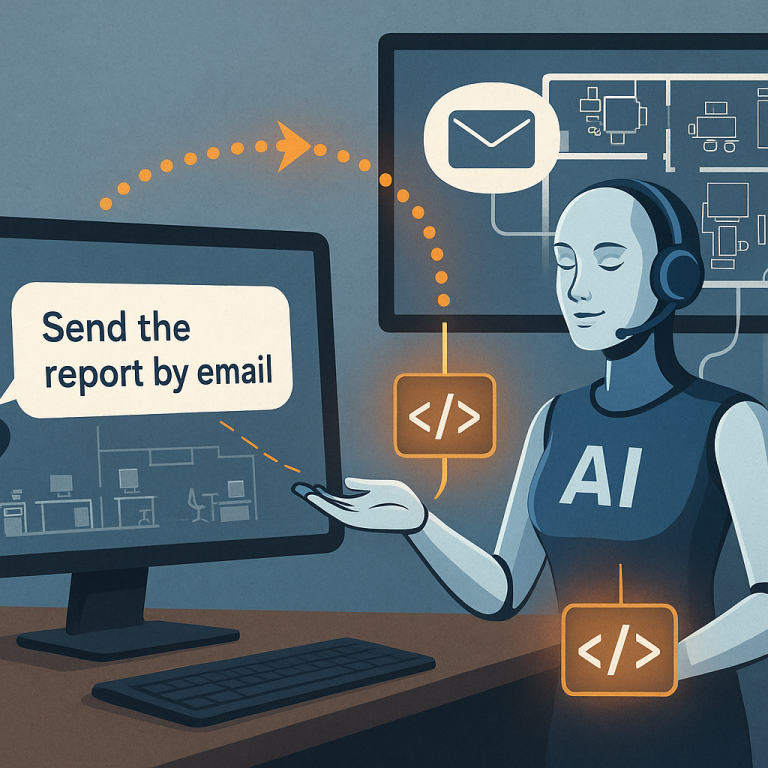
By making AI better at understanding and acting inside complex digital environments, this invention could change how we automate tasks, keep track of information, and interact with our digital worlds. It could help businesses run smoother, help people be more productive, and make technology more accessible to everyone, not just those who can write code.
Scientific Rationale and Prior Art
Before this invention, many AI systems used rules or scripts to connect with other software. These scripts had to be written by hand. If you wanted your AI assistant to work in a new environment, you had to write new scripts for every action. If the software updated, the scripts often broke. This process was slow, expensive, and hard to keep up with.
Earlier attempts at making AI more flexible included using Application Programming Interfaces (APIs). APIs are like doors that let programs talk to each other. But even APIs require someone to write the code that connects the AI tool with the app. Some companies built libraries of “skills” for their AI assistants, but each skill was built for one specific job, like sending an email or setting a reminder. These skills did not let the AI truly understand the bigger picture or work in new places without more manual work.
Large language models (LLMs) like GPT-3 and ChatGPT changed the game. These models can read and write text in a way that feels very close to how humans do. They can answer questions, summarize articles, and even write simple code. But on their own, LLMs don’t know how to work inside real software environments. They can suggest what code might look like, but they don’t know the exact state of your project management page or your chat thread. They often “hallucinate” APIs or give code that doesn’t fit the real problem.
Some companies tried using LLMs to generate bits of code in response to user questions. For example, if you ask, “How do I add a row to my table?” the LLM might write a SQL command or a Python function. But someone still needs to review the code, fix mistakes, and actually run it inside the right environment. There was no full loop from understanding the user’s intent, to generating the code, to running it, to checking if it worked, and then fixing it if it didn’t—all automatically.
There were also efforts to make “no-code” or “low-code” platforms, where people could use drag-and-drop blocks to build automations. These platforms made things easier, but users still had to understand the structure of the software and set up every workflow by hand. The AI didn’t really learn or adapt; it just followed the blocks set up by the user.
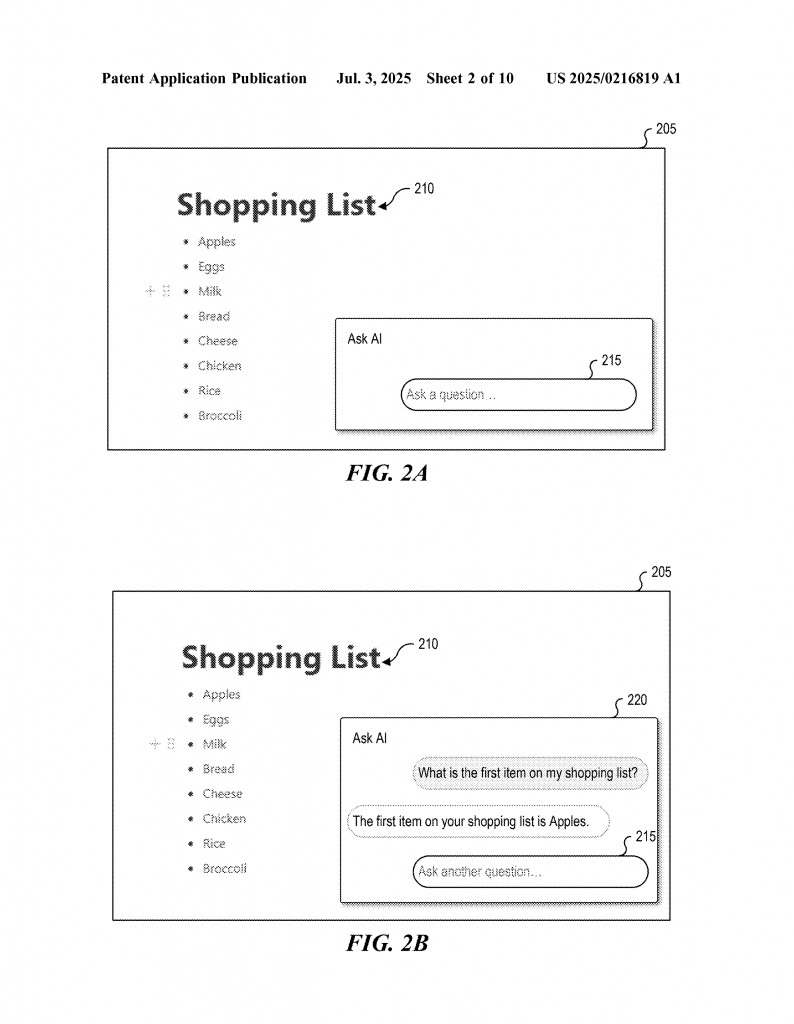
This new invention builds on these earlier ideas but takes them much further. It lets an AI assistant receive a natural language instruction, understand the context of the digital environment (like the current page or chat), generate the right code for the exact situation, run the code to make the change, check if it worked, and fix problems automatically. It creates a feedback loop: if something goes wrong—like if the code doesn’t run or the wrong value is written—the system asks the LLM to try again or to fix the code. This is all done without a human having to step in.
The patent leverages the strengths of LLMs—natural language understanding and code generation—but wraps them inside a system that knows about the state and structure of the environment. It also introduces ways to keep track of every step in a transcript, including the context, the code, and the results. This helps the system learn and improve over time, and allows for transparency if something goes wrong.
By combining the power of LLMs with smart context handling and automatic error correction, this invention moves beyond the limits of previous AI assistants, no-code tools, and scripted automations. It makes true, flexible, and adaptive AI automation possible for a wide range of environments and tasks.
Invention Description and Key Innovations
Let’s take a closer look at the heart of this patent application. The invention is all about an AI assistant that can listen to a natural language instruction, turn it into code, and use that code to make changes inside a structured digital environment—like your project management tool, wiki, or chat app. Here’s how it works, broken down into simple steps.
First, a user gives a natural language instruction. This can be typed or spoken. It could be as simple as, “Add ‘eggs’ to my shopping list,” or as complex as, “Summarize the last three meetings and email the action items to the team.”
The system receives this instruction and figures out the context. Context means what page or thread the user is on, what blocks or items are present, and what the state of the environment is right now. For example, if you are on a shopping list page, the system knows what items are already there and where it would make sense to add something new.
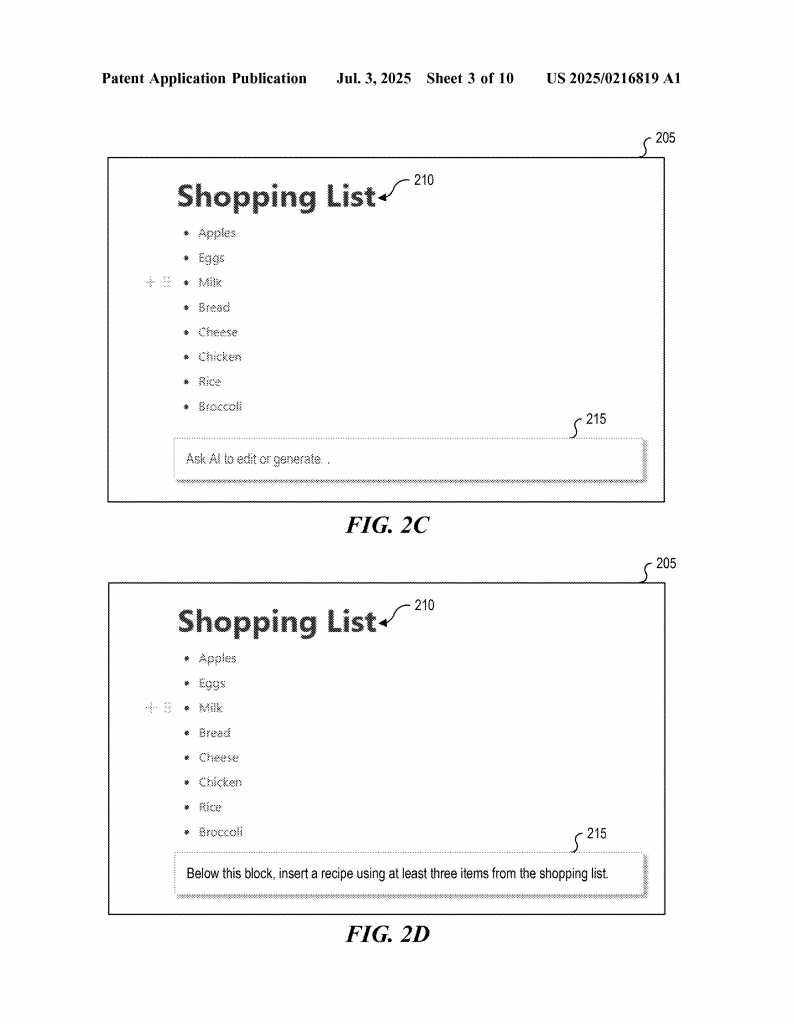
Next, the system creates a computer-readable input. This input includes both the context (what’s on the page or in the thread) and a computer-friendly version of the user’s instruction. This makes it possible for the next step—the large language model (LLM)—to understand exactly what needs to happen.
The system sends this input to the LLM, asking it to generate code that can do the job. The LLM can write in different languages, like XML or JavaScript, depending on what’s needed. The LLM can be trained to understand how to work inside the specific digital environment, knowing what commands or APIs are available and how the blocks are structured.
Once the LLM generates the code, the system tries to run it inside the environment. For example, it might add an item to a list, update a field in a table, or send a message in a chat thread. The system then observes what happens—did the code work? Did the right change get made? If so, great—the task is done.
But what if something goes wrong? What if the code has a mistake, or the environment has changed, or the instruction wasn’t clear enough? Here’s where the invention really shines. The system can spot errors—like a missing block, a wrong data type, or a command that can’t run. It then sends the problem back to the LLM, asking for a fix or a new version of the code. This process repeats until the task is completed correctly. All of this happens automatically, without a human having to debug or rewrite the code.
Another important feature is the transcript. The system keeps a step-by-step record of everything: the user’s instruction, the context, the code that was generated, what happened when it ran, and any errors or fixes along the way. This transcript makes it easy to see what the AI assistant did, helps with debugging if something goes wrong, and can be used to train the LLM to do better in the future.
The invention can handle both simple, predictable tasks (like copying a value or adding an item) and more open-ended, creative ones (like writing a summary or generating a recipe). For creative tasks, the LLM can generate prompts for itself, produce the needed output, and then add that back into the environment in the right place.
The system is flexible—it can work across different types of environments (pages, tables, chat threads) and can generate different types of code for different tasks. It can even write one kind of code for one job and a different kind for another, all based on the user’s instruction and the environment’s needs.
A key innovation is the way the system understands and uses the structure of the environment. For example, many modern apps use a “block model,” where every piece of information (a paragraph, a list item, a table row) is a block with its own attributes and relationships. The system knows how to find and change the right block, move blocks around, and keep everything in sync—even if blocks are nested inside each other or shared across different pages.
Security and access control are also built in. The system understands who can see or edit each part of the environment, so it only makes changes where allowed. If a user moves a block to a new place, the system updates permissions as needed, making sure everything stays secure.
The invention is designed to work smoothly with real-time collaboration. If someone else updates a page or a block while the AI assistant is working, the system keeps everything in sync, making sure everyone sees the latest version.
Finally, the technology is built to be robust and scalable. It can work on a single user’s device, inside a company’s server, or even across cloud services. It’s ready for different types of computers and can handle many users at once.
By putting all of these ideas together—natural language understanding, smart context handling, automatic code generation, error correction, structured data models, and real-time collaboration—this invention sets a new standard for what AI assistants can do. It moves beyond static scripts and manual connections, creating a dynamic, adaptive system that truly understands and acts inside our digital worlds.
Conclusion
This patent application is a big step forward for AI automation. It solves a real problem: how to let people use plain language to get real work done inside complex software, without needing to write code or manage scripts. By bringing together the latest advances in large language models, smart context awareness, and automatic error correction, this invention makes AI assistants more useful, more flexible, and more accessible than ever before. It opens up new possibilities for businesses and individuals, making it easier to automate tasks, manage information, and get things done. As this technology develops, we can expect to see smarter, more adaptive digital helpers that work side by side with us, making our lives simpler and our work more efficient.
Click here https://ppubs.uspto.gov/pubwebapp/ and search 20250216819.
